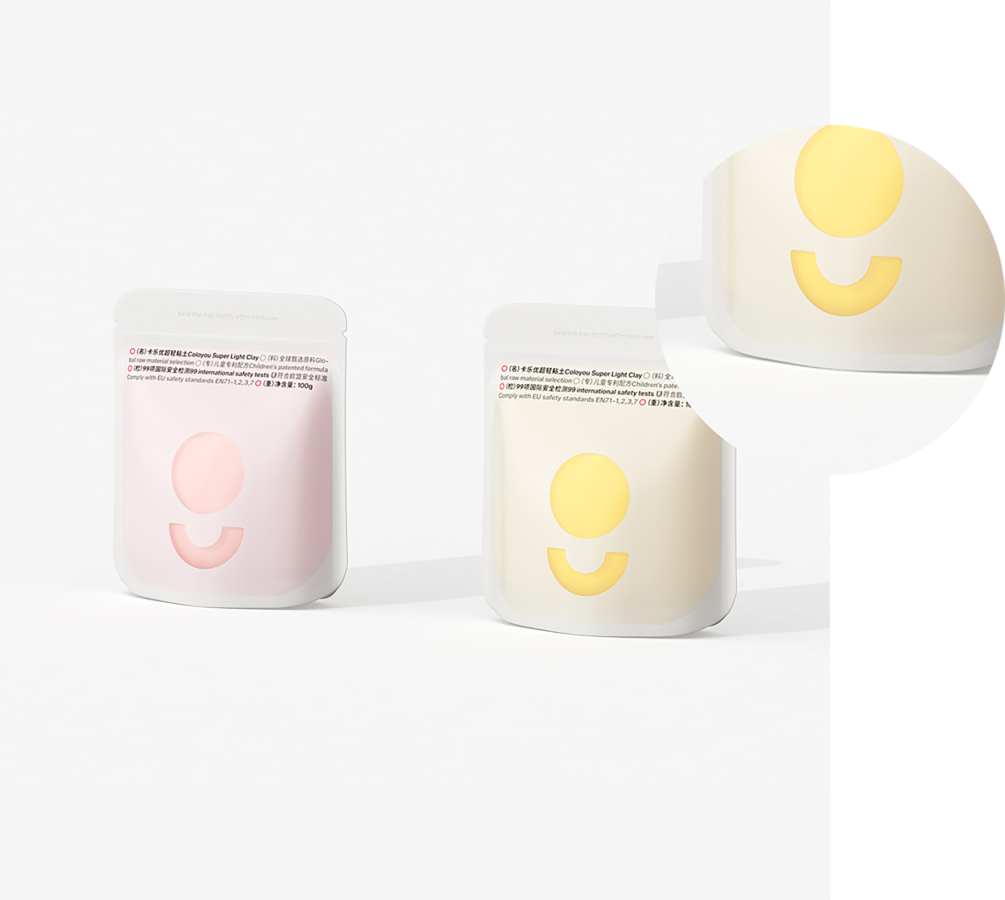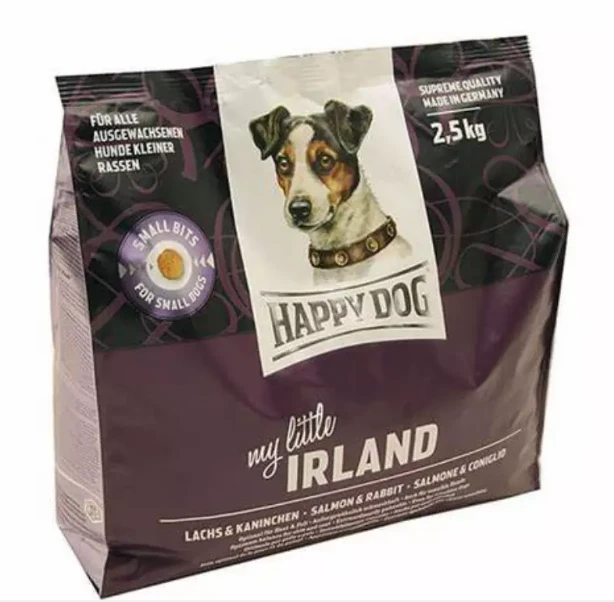- Afrikaans
- Albanian
- Amharic
- Arabic
- Armenian
- Azerbaijani
- Basque
- Belarusian
- Bengali
- Bosnian
- Bulgarian
- Catalan
- Cebuano
- chinese_simplified
- chinese_traditional
- Corsican
- Croatian
- Czech
- Danish
- Dutch
- English
- Esperanto
- Estonian
- Finnish
- French
- Frisian
- Galician
- Georgian
- German
- Greek
- Gujarati
- haitian_creole
- hausa
- hawaiian
- Hebrew
- Hindi
- Miao
- Hungarian
- Icelandic
- igbo
- Indonesian
- irish
- Italian
- Japanese
- Javanese
- Kannada
- kazakh
- Khmer
- Rwandese
- Korean
- Kurdish
- Kyrgyz
- Lao
- Latin
- Latvian
- Lithuanian
- Luxembourgish
- Macedonian
- Malgashi
- Malay
- Malayalam
- Maltese
- Maori
- Marathi
- Mongolian
- Myanmar
- Nepali
- Norwegian
- Norwegian
- Occitan
- Pashto
- Persian
- Polish
- Portuguese
- Punjabi
- Romanian
- Russian
- Samoan
- scottish-gaelic
- Serbian
- Sesotho
- Shona
- Sindhi
- Sinhala
- Slovak
- Slovenian
- Somali
- Spanish
- Sundanese
- Swahili
- Swedish
- Tagalog
- Tajik
- Tamil
- Tatar
- Telugu
- Thai
- Turkish
- Turkmen
- Ukrainian
- Urdu
- Uighur
- Uzbek
- Vietnamese
- Welsh
- Bantu
- Yiddish
- Yoruba
- Zulu
Exploring the Benefits and Applications of Carryout Trays for Food Service Industry
The Importance of Carryout Trays in Modern Food Service
In today’s fast-paced society, the dining experience has evolved significantly, with many consumers opting for convenience over traditional sit-down meals. As a result, carryout services have surged in popularity, leading restaurants and food establishments to adapt their operations to cater to this demand. An essential part of this carryout experience is the carryout tray, serving as a functional, practical, and often overlooked component of the food service industry.
Carryout trays come in various materials, sizes, and designs, tailored to accommodate a wide array of food types, from casual take-out options to gourmet meals. The most common materials include plastic, paper, and compostable materials, each designed to meet specific needs. Plastic trays offer durability and the ability to hold heavier or more liquid items, while paper trays provide an eco-friendly option that reflects the growing consumer demand for sustainability. Compostable trays, made from materials like bamboo or sugarcane, are increasingly popular among environmentally-conscious companies and consumers.
One primary role of carryout trays is to ensure food safety and integrity during the transport process. A well-designed tray can prevent spills, leaks, and contamination, preserving the quality of the meal from the kitchen to the customer’s destination. This is particularly important for restaurants that pride themselves on their food presentation and quality. When customers receive their meals in pristine condition, it enhances their overall experience and encourages repeat business.
carryout trays

In addition to functionality, carryout trays also play a critical role in branding and marketing
. Many food businesses invest in custom-designed trays that feature their logo, colors, and other branding elements. This approach not only reinforces brand identity but also serves as a mobile advertisement, as customers often take their carryout meals to public spaces, sharing the restaurant's name and appeal with others. In the age of social media, where food photographs are widely shared online, having visually appealing and well-branded carryout trays can significantly increase a restaurant’s visibility and attract new clientele.Moreover, carryout trays provide a canvas for innovation in culinary presentation. Chefs and food entrepreneurs can design their dishes thoughtfully, utilizing the tray as an integral part of the dining experience. This allows for creative presentations that are still practical. For example, tacos may be presented in a tray that has built-in compartments for salsa and dips, further enhancing the customer’s experience. Creative design not only captivates the consumer’s eye but also facilitates ease of consumption, making the act of eating on the go more enjoyable.
As carryout culture continues to grow, so does the importance of sustainable practices in food service. The environmental impact of single-use plastics has led to increased regulation and consumer demand for greener alternatives. Therefore, many restaurants are making the switch to biodegradable or reusable carryout trays. This transition not only meets consumer expectations but also helps restaurants build a more sustainable business model, establishing them as responsible entities in their communities.
In conclusion, carryout trays are more than just a mundane aspect of food service; they are vital to enhancing the customer experience, ensuring food safety, and promoting brand identity. As the culinary landscape continues to evolve, the design and function of carryout trays will likewise need to innovate. By prioritizing quality materials and creative design, food establishments can leverage carryout trays to not only meet the demands of convenience-driven consumers but also contribute positively to environmental sustainability. Ultimately, the future of food service will depend on how well businesses can adapt to these trends and view carryout trays as an integral part of their operation, rather than merely an afterthought.













